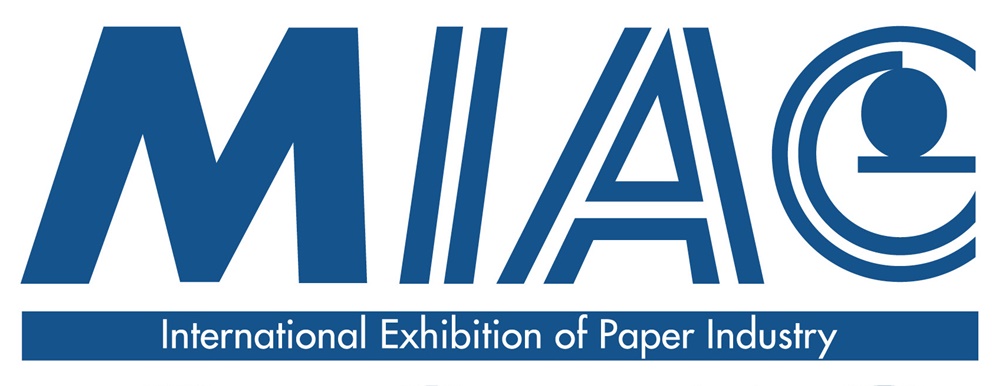NEWS
Paper industry impacted by high energy prices and eroding economic growth in 2022
Preliminary statistics for 2022 released by Cepi, the Confederation of European Paper Industries, show the impact of high energy prices and of an eroding EU and global economic growth. The sector can, however, capitalise on positive long-term trends, which the EU Green Deal Industrial Plan could accelerate.
Consumption of paper in Europe remained stable in 2022, showing resilience in the face of Europe’s current economic slowdown. At same time, production of paper and board decreased by 5.9% in 2022 compared to the previous year, according to preliminary figures released today by Cepi. A decrease in production was also observed across global regions, including most of the EU’s main competitors in the sector.
The combined developments of a decreased production and a stable consumption led to a decrease in the sector’s trade balance in a context of increased global competition. A situation which Cepi has repeatedly brought to the attention of EU Institutions. The weakness of the paper production recorded during the second part of the year is to a major extent explained by Europe’s high energy and raw material costs, which have led to temporary machine stops.
The slowing EU economic engine in the second half of 2022 and the paper industry openness to global markets, where growth is also stalling, have also contributed to this downward shift and the temporary drop off in competitiveness. However, Europe’s paper sector is traditionally a strong exporter, and its trade balance remains positive.
Other trends in the sector, while negative year-on-year, point towards stability on the long-term, such as the utilisation of paper for recycling which decreased by 6.4% compared to 2021 but remains steady over a three-year period. High electricity and gas prices have significantly affected those paper mills which depend the most on paper for recycling for their production, which have affected the outcome in 2022.
Similarly, packaging paper and board, increasingly replacing fossil-based alternatives, remains one of the sector’s main drivers for growth. While paper packaging production in Europe has decreased by 4.6% in 2022 compared to 2021, the output of packaging paper still remains well above pre-Covid levels. The figures, calculated by tonne of paper produced do not take into account notable advances realised in reducing the weight of individual paper packaging solutions, in line with the industry’s commitment towards sustainability.
In continuation from the past three years, new consumption patterns following the Covid pandemic have also resulted in a growing demand for sanitary and household grades, gaining 3.6% compared to 2021.
Download Cepi preliminary statistics 2022.
“Long-term trends for our industry show that we can be ambitious about our future. Now we need the EU Green Deal Industrial Plan to be equally ambitious. We are confident that a transition towards a greener economy is in the long-term an opportunity for the European paper industry,” says Jori Ringman, Director General Cepi, Confederation of European Paper Industries.








